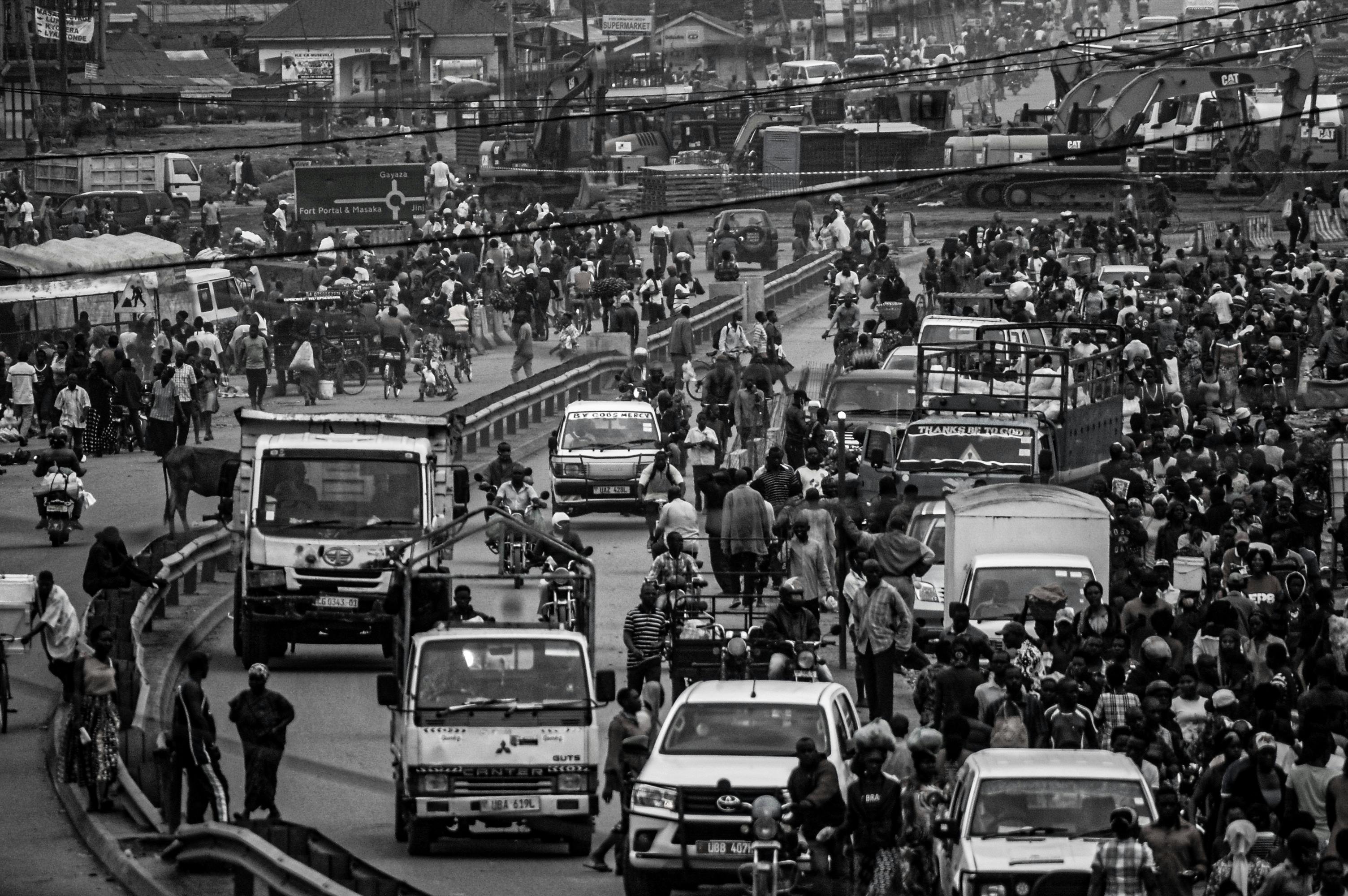The light emission characteristics of a white light source are often expressed by a “color temperature” and is measured in K (Kelvin). If you’ve been exposed to studio or indoor photography, you know that a 5000K lamp will bring you closer to natural daylight.
The office and classroom environment often have similarities in that they are places where a lot of reading and evaluation of physical items is required. Light sources closer to daylight have been shown to give higher contrast in printed material and therefore make it easier to read longer with less fatigue.
Many organizations arbitrarily chose 4100K because a bright white fluorescent tube has about that color temperature, this has to do with the phosphors that convert ultraviolet light from the gas discharge tube to visible light and it turns out that the phosphors that produce 4100K are the ones for lower production cost. for manufacturers of fluorescent tubes, it also helps GE and others create a specification that produces a kind of dirty white light and is outside the spectrum of actual daylight.
Some lighting engineers go as far as to say daylight is acceptable lighting, but if a light can produce daylight, it’s not acceptable since it’s over 4100K; well, a child might tell you that’s just wrong.
However, there is a reason to standardize a color temperature and that is a uniform appearance. If there is more than one fixture in an area and different color temperatures were used, it will look inconsistent across both the lights and the lit target area.
Therefore, it is more appropriate to apply the rule that if you are changing technology, you should do it for the whole area. Also, mixing 4100K LEDs and 4100K fluorescents won’t work well, as LEDs will stay at that color temperature for a long time, while fluorescents will change their color temperature significantly with use.
LED phosphors generally perform best at 5000K and today’s 5000 to 5200K LED packages have very well balanced color spectrums that make them appear almost like daylight, a good light for almost any task.
My best suggestions are to use the following color temperatures in their respective applications:
Office, Warehouse, Classroom: 5000..5200K
Boardroom: 5000..5200K
Conference room: 5000..5200K
Food, Fish and Packaged Sections: 2700… 3500K
Red Meat Food Sections: 2700K
Public Baths: 5000.5200K
Personal Baths and Showers: 3500K
Retail Clothing: 3500K
Retail tires: 5000..5200K
Retail Shoes: 5000..5200K
Cold storage: 5000,5200K
Manufacture: 5000K..5200K
The color temperature is preferred and nothing that should be legislated. There are some human facts about how the eye perceives an illuminated object, humans have automatic white balance and if exposed to a particular color temperature light long enough, a reddish, bluish or greenish white paper will look white. everyone. So instead of fixating on one color temperature being better than another, make sure you don’t mix them in the same area.
Of course, if you have a larger organization, more rigid guidance may be required. If you are renovating or building new office or classroom environments, you may want to consider making your new LED fixture requirement 5000K +/- 5%, but specify close deviation tolerances of +/- 2% within a area.
